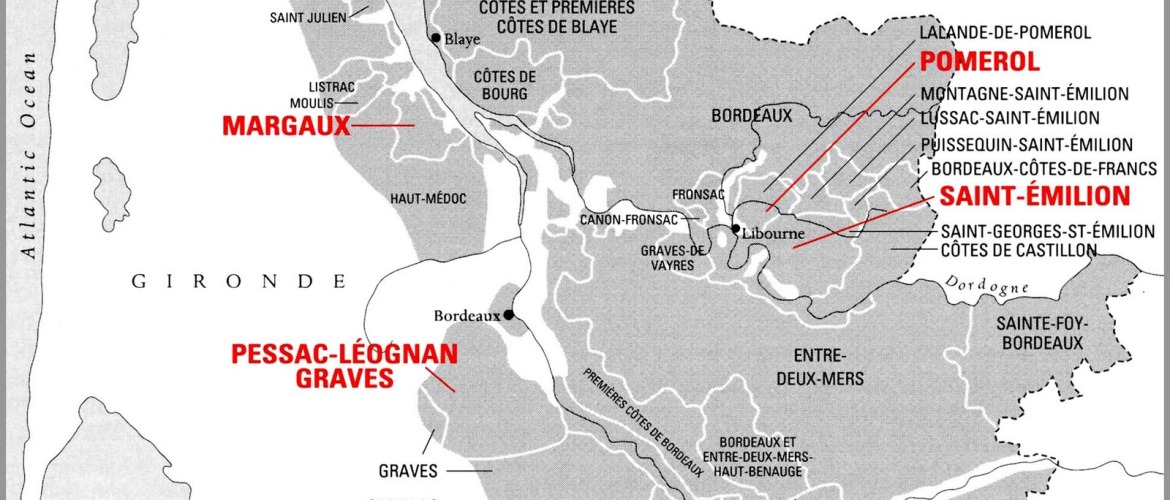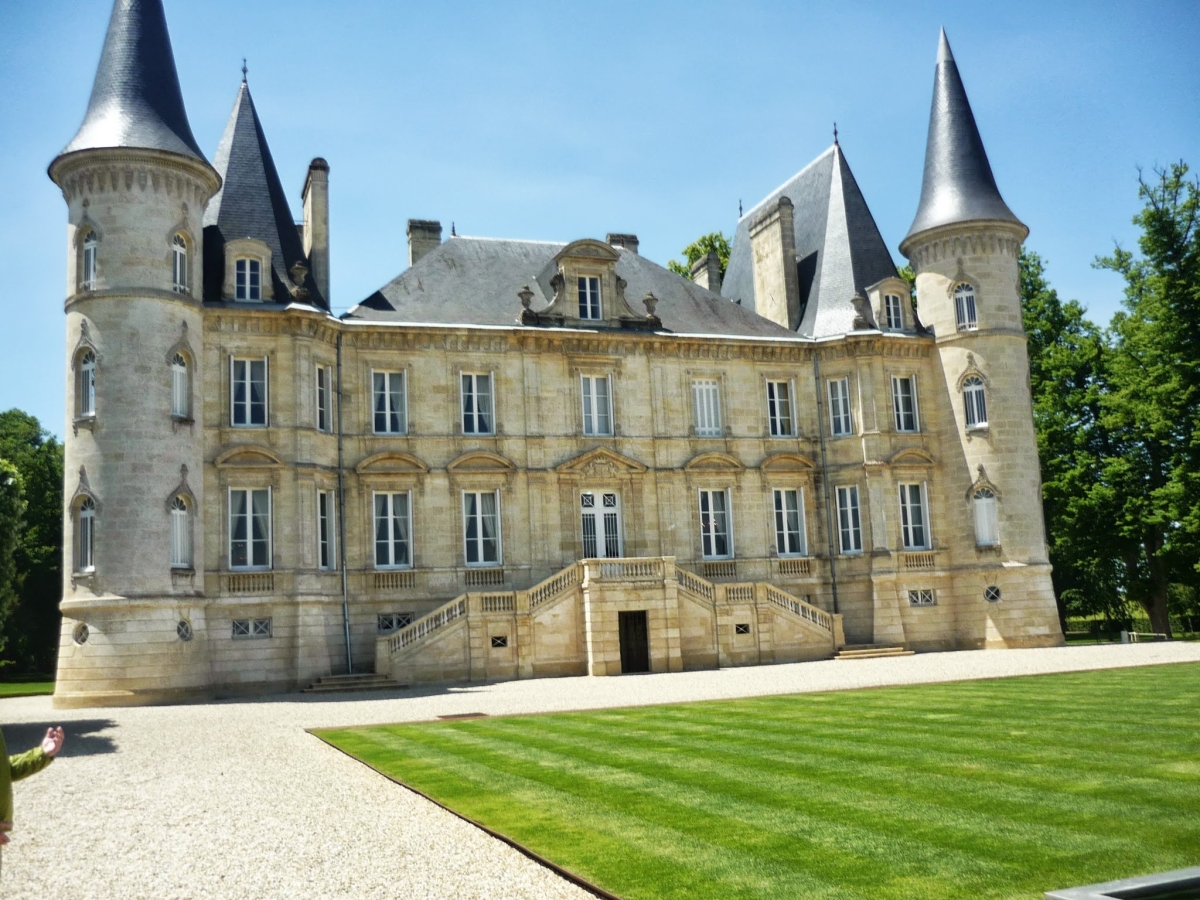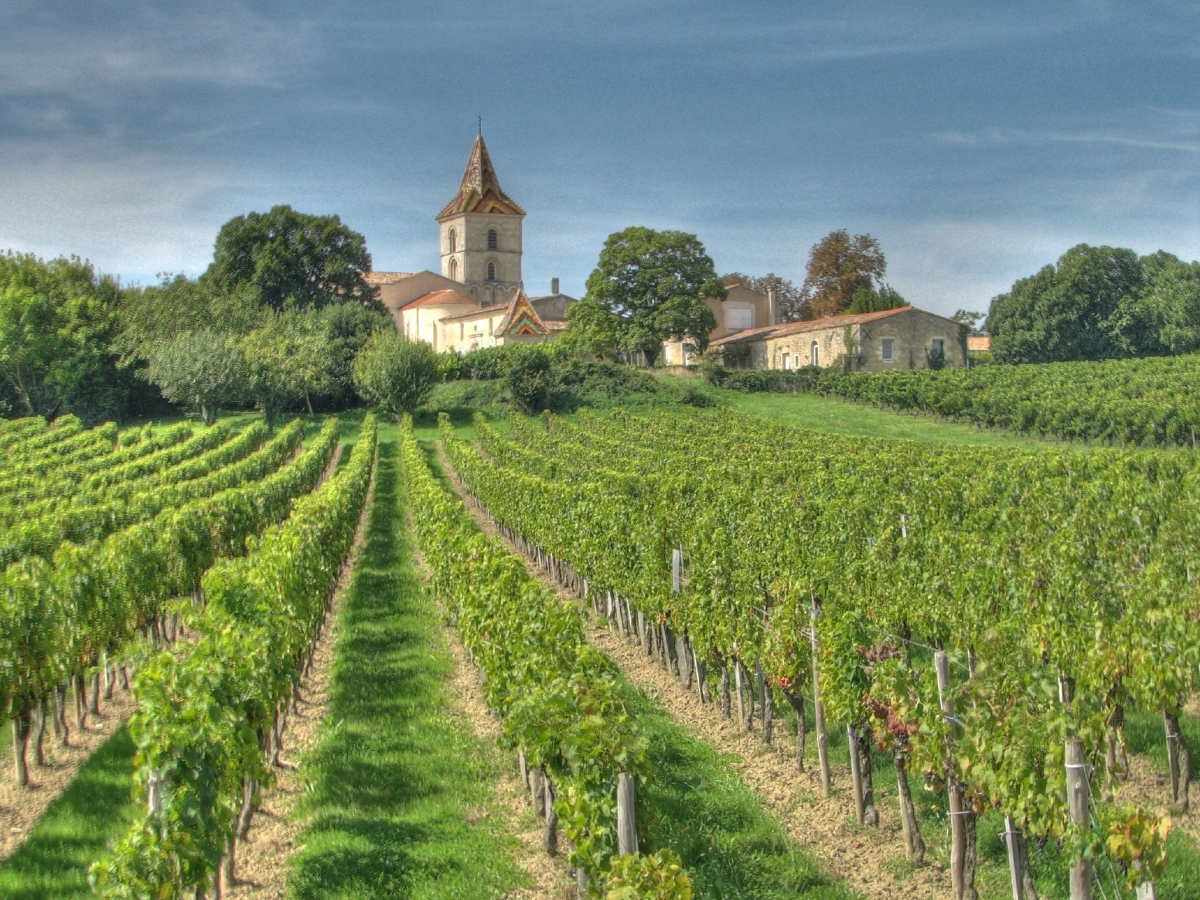Bordeaux Wine | Wines of the Bordeaux Wine Region
Wines of the Bordeaux Wine Region
A Bordeaux wine is any wine produced in the Bordeaux region of France, centred on the city of Bordeaux and covering the whole area of the Gironde department, with a total vineyard area of over 120,000 hectares. It the largest wine growing area in France. Average vintages produce over 700 million bottles of Bordeaux wine, ranging from large quantities of everyday table wine, to some of the most expensive and prestigious wines in the world. 89% of wine produced in Bordeaux is red with sweet white wines (most notably Sauternes), dry whites, and also (in much smaller quantities) rosé and sparkling wines (Crémant de Bordeaux) collectively making up the remainder. Bordeaux wine is made by more than 8,500 producers or Châteaux. There are 54 appellations of Bordeaux wine and the vast majority of Bordeaux wine is red, with red wine production outnumbering white wine production six to one.
The Bordeaux wine region is divided into subregions including Saint-Émilion, Pomerol, Médoc, and Graves. The 60 Bordeaux appellations and the wine styles they represent are usually categorized into six main families, four red based on the sub-regions and two white based on sweetness:
Red Bordeaux and Red Bordeaux Supérieur | Bordeaux Wine
Bordeaux wine-makers may use the two regional appellations throughout the entire wine region, however approximately half of the Bordeaux vineyard is specifically designated under Bordeaux and Bordeaux Supérieur AOCs. With the majority of châteaux located on the Right Bank in the Entre-Deux-Mers area, wines are typically Merlot-dominant, often blended with the other classic Bordeaux varieties.The Bordeaux AOC wines tend to be fruity, with minimal influence of oak, and are produced in a style meant to be drunk young. Bordeaux Superieur AOC wines are produced in the same area, but must follow stricter controls, such as lower yields, and are often aged in oak. For the past 10 years, there has been strong, ongoing investment by the wine-makers in both the vineyards and in the cellar, resulting in ever increasing quality. New reforms for the regional appellations were instituted in 2008 by the Bordeaux and Bordeaux Supérieur Winemakers’ Association.
Red Côtes de Bordeaux | Bordeaux Wine
Eight appellations are in the hilly outskirts of the Bordeaux region, and produce wines where the blend usually is dominated by Merlot. These wines tend to be intermediate between basic red Bordeaux and the more famous appellations of the left and right bank in both style and quality. There is no official classification in Côtes de Bordeaux.
Red Libourne, or “Right Bank” Bordeaux Wine
Around the city of Libourne, 10 appellations produce wines dominated by Merlot with very little Cabernet Sauvignon, the two most famous being Saint-Émilion and Pomerol. These wines often have great fruit concentration, softer tannins and are long-lived. Saint-Émilion has an official classification.
Red Graves and Médoc or “Left Bank” Bordeaux Wine
Vineyards north and south of the city of Bordeaux produce wines dominated by Cabernet Sauvignon, but often with a significant portion of Merlot. These wines are concentrated, tannic, long-lived and most of them meant to be cellared before drinking. There are official classifications for both Médoc and Graves.
Dry White Bordeaux Wine
Dry white Bordeaux wines are made throughout the region, using the regional appellation Bordeaux Blanc, often from 100% Sauvignon Blanc or a blend dominated by Sauvignon Blanc and Sémillon. The Bordeaux Blanc AOC is used for wines made in appellations that only allow red wines. Dry whites from Graves is the most well-known and the only sub-region with a classification for dry white wines. The better versions tend to have a significant oak influence.
Sweet White Bordeaux Wine
In several locations and appellations throughout the Bordeaux region, sweet white wine is made from Sémillon, Sauvignon Blanc and Muscadelle grapes affected by noble rot. The best-known of these appellations is Sauternes, which also has an official classification, and where some of the world’s most famous sweet wines are produced. There are also appellations neighboring Sauternes, on both sides of the Garonne river, where similar wines are made. The regional appellation for sweet white wines is Bordeaux Supérieur Blanc.
Map | Bordeaux Wine Region


